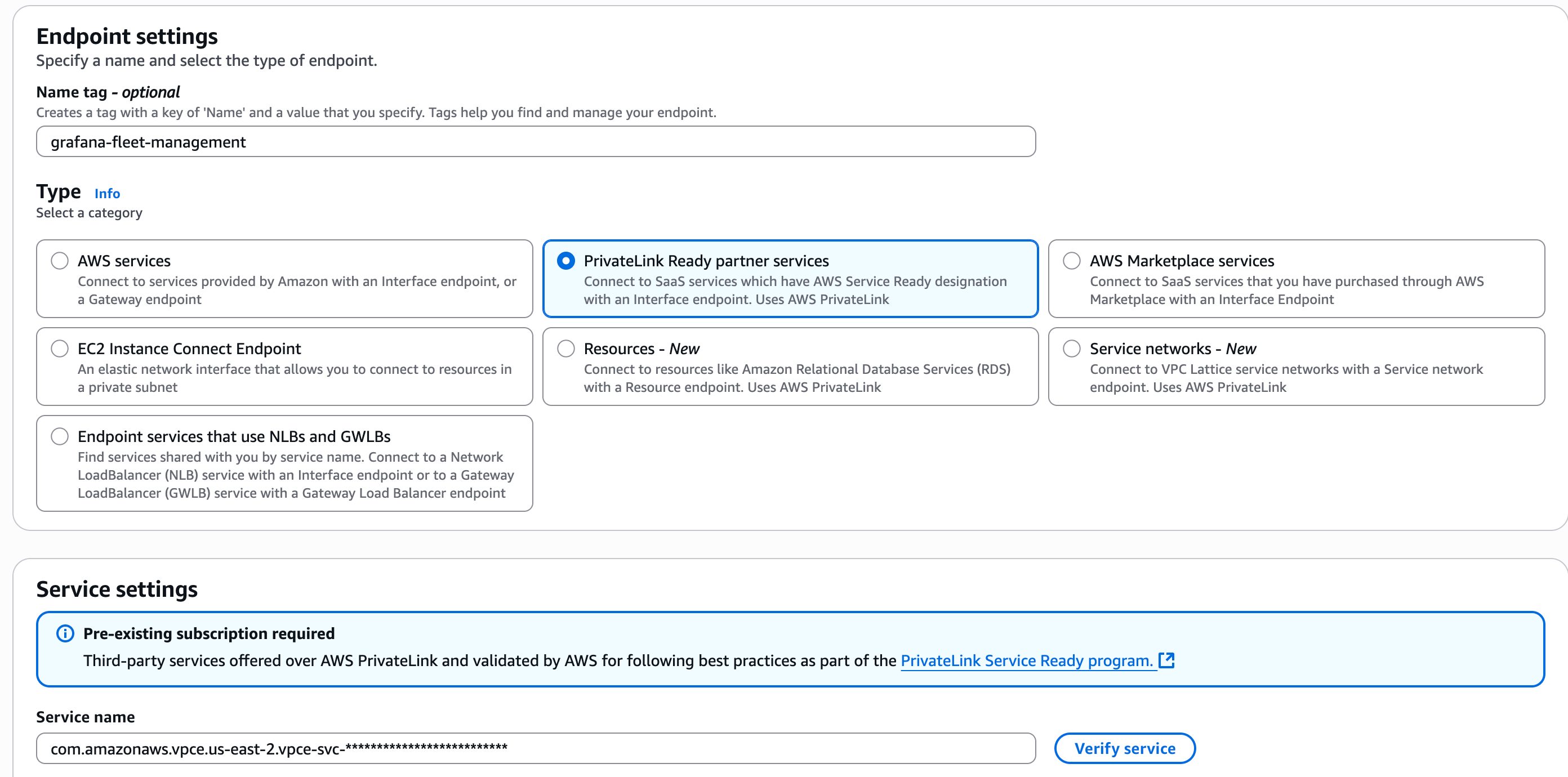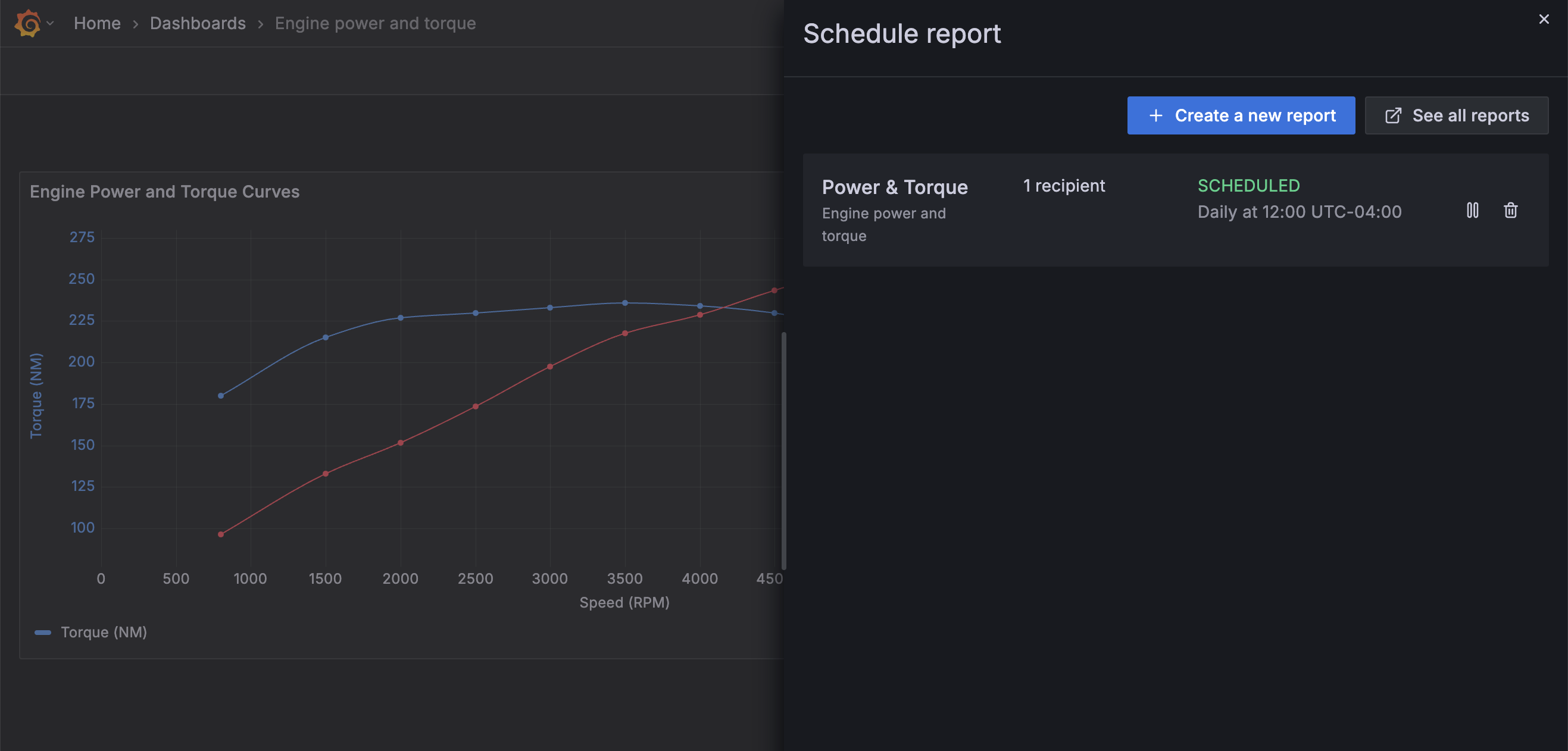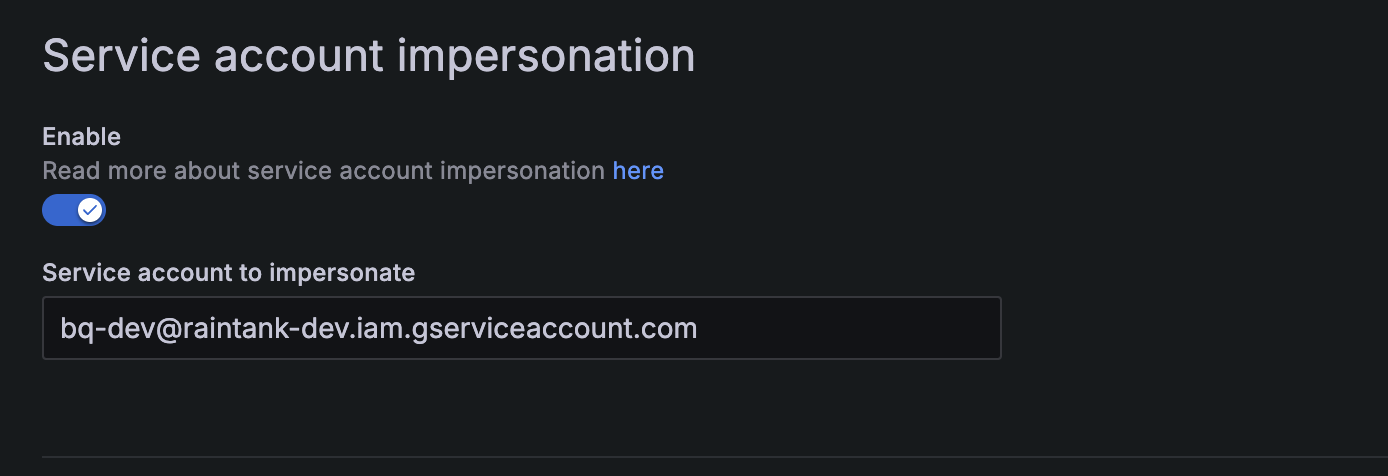What's new from Grafana Labs
Grafana Labs products, projects, and features can go through multiple release stages before becoming generally available. These stages in the release life cycle can present varying degrees of stability and support. For more information, refer to release life cycle for Grafana Labs.
Loading...
Area of interest:
Cloud availability:
Cloud editions:
Self-managed availability:
Self-managed editions:
No results found. Please adjust your filters or search criteria.
There was an error with your request.
Introducing the all new user experience for per stream exports in Grafana Cloud Logs.
With per stream export, you can configure Grafana Cloud to export select log streams to your object storage bucket in AWS, Google Cloud, or Azure. By only exporting a subset of your logs, you can significantly reduce your object storage costs and minimize logs needed to sort through after being stored.
Grafana Fleet Management now supports Amazon Web Service (AWS) PrivateLink. You can securely connect your virtual private clouds (VPCs) to Fleet Management APIs without using the public internet.

The days of manually deleting inactive collectors from your inventory are over! Grafana Fleet Management now automatically marks collectors inactive if they haven’t polled for a remote configuration in the last 3 hours. Collectors that are inactive for 30 days are deleted from your inventory.
We’ve redesigned the Reporting feature to make the report creation process simpler and more intuitive!
Key updates include:
- Creating reports from dashboards while maintaining dashboard context
- One-page report creation
- Easy access to organization report settings
When you click Share > Schedule report from a dashboard, a drawer opens where you can complete the entire report form. With this change, you’re no longer taken out of the dashboard, but instead maintain your original context. If other reports include this dashboard, they are also listed in the drawer, helping to reduce duplication of efforts.

For better security, Google advises using Service Account Tokens with Service Account Impersonation. If a Service Account Token is ever compromised, it can’t be used to access Google Cloud APIs without the associated service account for impersonation, making it much harder for unauthorized access. This added security layer is now supported in the BigQuery data source configuration.

Previously, Grafana automatically abbreviated large currency values like $1,235,667 to $1.24M or $555,558 into $555.6K. While this works well for most visualizations, financial data often requires exact values to be displayed.
Introducing LogicMonitor data source plugin.
The LogicMonitor Devices data source plugin enables you to query and visualize Device Instance Data, and to list Devices, Datasources, and Instances directly within Grafana. Available in public preview in Grafana Cloud and all supported versions of self-managed Grafana Enterprise.
We’re excited to announce the public preview release of new alerting capabilities for Synthetic Monitoring. These new capabilities are available to all Grafana Cloud users.

The pipeline history feature in Fleet Management now offers you the chance to restore versions of existing configuration pipelines. From the History details page, choose a version and click Restore.
Pipelines in Grafana Fleet Management can now leverage the Alloy export block to share their components with other pipelines. With pipeline export injection, you can export components from one configuration pipeline and inject them into another using the syntax argument.pipeline_exports.value["PIPELINE_NAME"]["EXPORT_NAME"]. This powerful feature enables you to create dynamic configurations that adapt to each pipeline’s exported values, allowing for flexible and reusable pipeline configurations.
Sort and filter logs with ease in the Logs and Events tables. You can use multiple filters, including:
- Time period
- Component
- Cloud region
- Error level

Find any non-standard workloads using filters on the Workloads main page. Filtering includes:
The memory tab and panels are accessible on any detail page beyond the container level. Now you can view memory usage in correlation with relevant data points, as shown in the screen capture of a namespace.

We recently added support for importing data source-managed rules through the alerting UI. However, users couldn’t import their existing Prometheus rules when no ruler was available.
We’ve updated the main navigation in Grafana Cloud to bring all observability tools together under a single menu called Observability. You’ll now find App Observability, Frontend Observability, Kubernetes Monitoring, Infrastructure Monitoring, Cloud Provider Observability, and more grouped in one place.

